How to prevent accidents and death at work
Workplace accident prevention strategies to eliminate fatalities
The Health and Safety Executive (HSE) recently published the workplace fatality statistics for 2017/18. These showed an alarming rise to 144 deaths at work for the 12 months to March 2018, compared to 135 deaths in the previous 12-month period to March 2017.
That’s almost three deaths per week, all of which are caused by accidents that could have been prevented. It’s a timely reminder that all businesses must be vigilant and make health and safety at work a priority.
In this article, you’ll learn about reactive and proactive workplace accident prevention strategies.
Death at work is a bad business
The impact of an injury or death at work on colleagues, customers and businesses cannot be understated. It affects morale, delays businesses, and calls reputations into question. Production lines may have to be halted for days while an investigation takes place and remedial actions are agreed and initiated. If it is found that the employer is at fault, then huge fines and compensation claims may have to be paid. And you will still need to update your health and safety strategies to prevent similar workplace accidents in the future.
Of equal concern, there are the emotional and financial consequences caused to the injured or dead worker’s family. It is incumbent on all businesses to ensure that their processes, practices and systems are as safe as possible. As an employer, you have a duty of care towards your employees. It is your responsibility to ensure that you protect your employees from harm, so they can return home after each day’s work.
Who is most likely to die at work, and how?
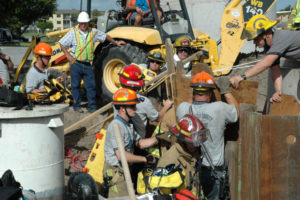 The fatality at work statistics give a deep insight as to who is most likely to suffer a fatal injury, and how. The most at risk industries are:
The fatality at work statistics give a deep insight as to who is most likely to suffer a fatal injury, and how. The most at risk industries are:
- Construction, with 38 deaths (26% of all workplace fatalities in 2017/18)
- Agriculture, with 29 deaths (20%)
- Manufacturing, with 15 deaths (10%)
- Transport and Storage, with 15 deaths (10%)
Almost six in 10 fatalities at work were caused by falls from height (35), being struck by a moving vehicle (26), or being struck by a moving object (23).
Although the 60+ age group account for only 10% of the workforce, 40% of all those killed in the workplace were in this age group.
Why you need workplace accident prevention strategies that work
The UK’s health and safety record has improved tremendously in the last 10 years. However, these horrifying statistics tell us that there is still a long way to go. The aim of every business should be to eliminate deaths in the workplace, and, if possible, eliminate accidents, too. To do this, you must be both reactive and proactive.
Reactive health and safety actions
Reactive health and safety strategies include reporting all reportable accidents. By reporting these, the HSE can build a better picture of why accidents happen, and evolve rules and regulations to help prevent them from happening in the future. It also provides documented evidence that you can use to inform your company’s health and safety policy, helping you to put in place measures to prevent a repeat of the same accident.
Proactive health and safety actions
Proactive workplace accident prevention strategies are designed to prevent accidents before they happen. There are several measures you should take to be more proactive in your health and safety policies and procedures:
- Conduct risk assessments, and take required actions to reduce identified risks
- Ensure that controls are in place where risks do exist, such as guards and interlocks on machinery
- Provide general health and safety training at induction, and specific health and safety training according to job role
- Make sure workers are properly supervised at all times, and that all work is carried out by suitably qualified and experienced employees
- Insist on use of personal protective equipment when needed, and ensure that systems are in place to make PPE a last resort – PPE only reduces the severity of an accident, not its likelihood
In addition, you should undertake regular health and safety audits to ensure that your policies, processes and procedures remain health and safety compliant.
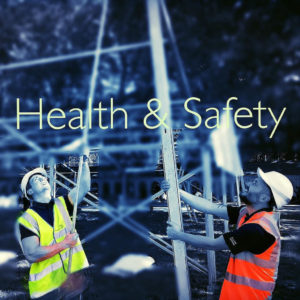 Health and safety at work requires a mammoth effort, and a commitment from all. But every death prevented is worth every ounce of effort exerted into getting things right proactively.
Health and safety at work requires a mammoth effort, and a commitment from all. But every death prevented is worth every ounce of effort exerted into getting things right proactively.
Integral Safety Management is here to help you prevent injuries and deaths in your workplace. Our range of health and safety consultancy services cover all industries.
We also act as principal designer in the construction industry, planning, managing, monitoring, and coordinating the preconstruction phase on behalf of clients, and helping them to comply with the Construction (Design and Management) Regulations.
For all your health and safety consultancy needs, contact Integral Safety Management today.
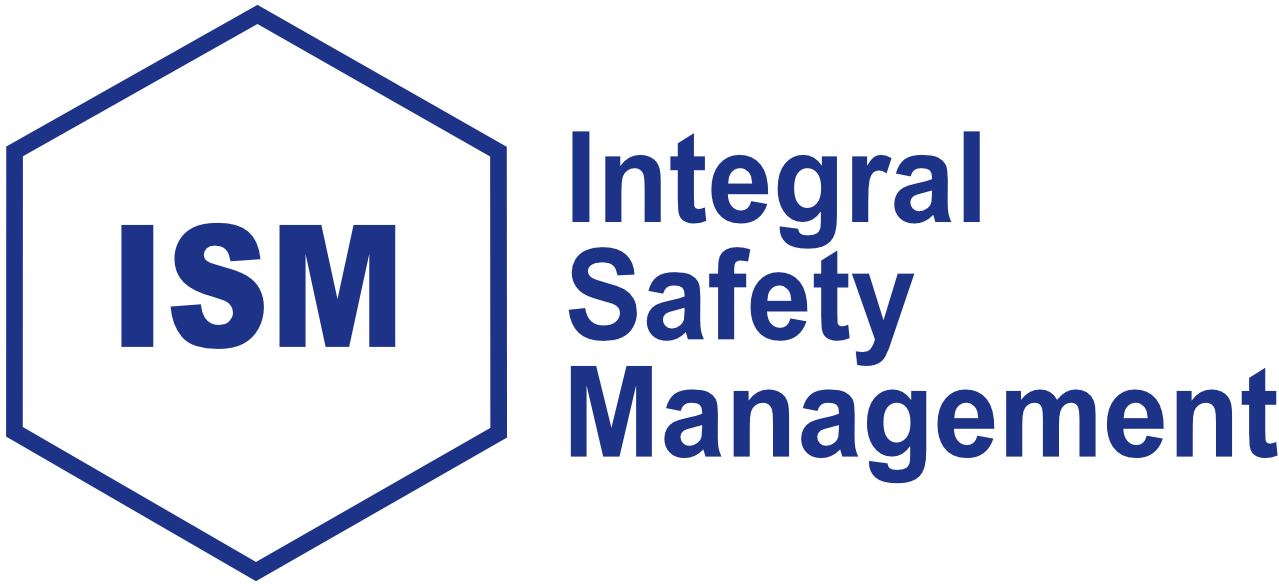
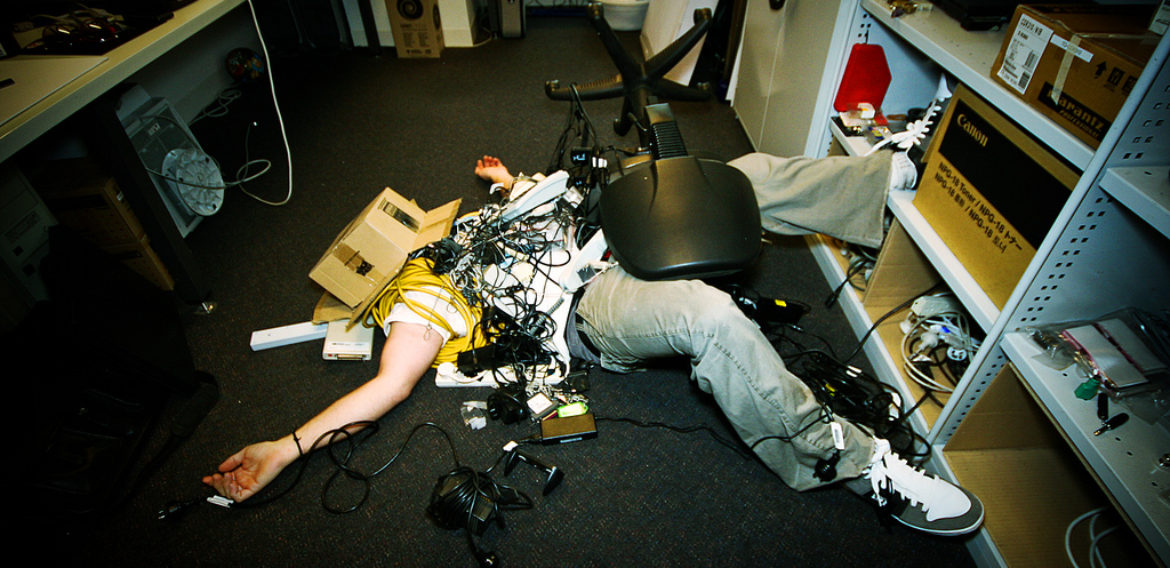
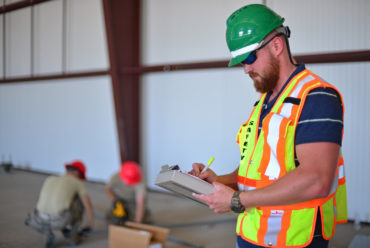
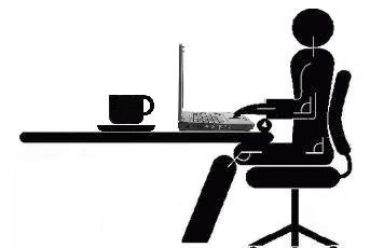
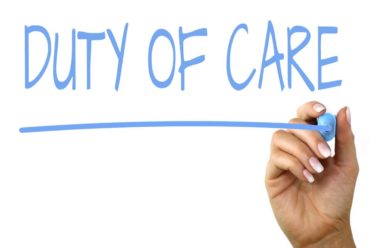
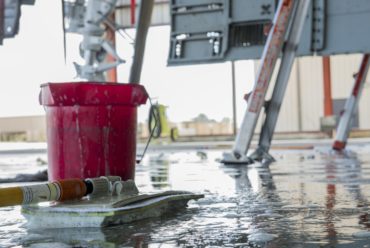
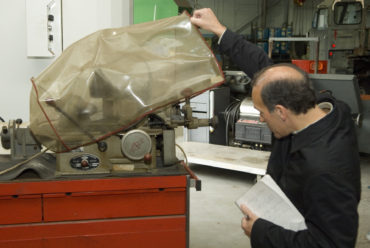
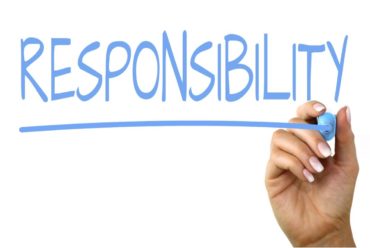
No Comments